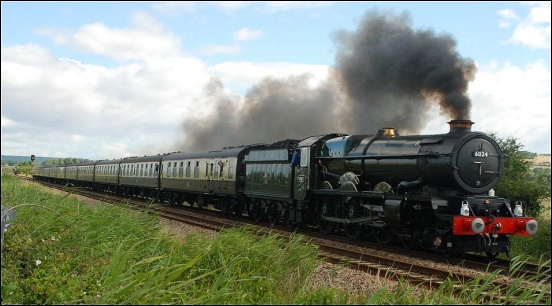Just wondering, is everyone occuiped, busy, or is there something going on?
I only ask as I find no replies unusual, normally within a day or two, varying, I get a reply.
SuperSpeedMaglev, I believe that the reason that is so quiet on this forum would be that it has been twelve months now since T:ane was released. Therefore, all the regular forum members who were going to have purchased while others who have not have settled back into the version that suits them best. So, all the arguments have gone away and comparative peace resides in this forum,
It is also now summer in the Northern Hemisphere ( North America and Europe) where most of the Trainz enthusiasts seem to be based and therefore other activities take over from this hobby for many of us, as John Citroen pointed out.
For me being supposedly semi-retired, I have been involved on the safety side with the trials of the driverless trucks up on the M6 which has taken up a great deal of my time almost wiping away the semi retirement. However, at my age I find it a great privilege to be involved, and it certainly is very very interesting.
However, all the above most certainly comes to a very big full stop in a couple of weeks when the my wife and me with a group of lifelong football friends are to have the holiday of a lifetime. We are off to follow the England football team throughout France in the European Championships. Being booked in to Marseille, Lens and St Etienne we have then kept it open to spend more time there should we progress beyond the group stages ( which we most certainly will do).
Beyond the above, I have a very large garden which needs much attention at this time of the year, so that also keeps me away from Trainz and this hobby for much of the time.
So, SuperSpeedMaglev, like John it's summer and there is much else to take up forum members time other than being here.
Bill
Last edited:









